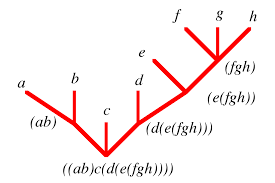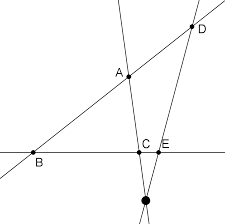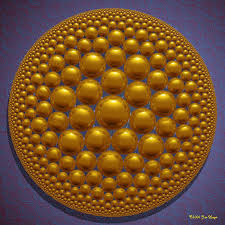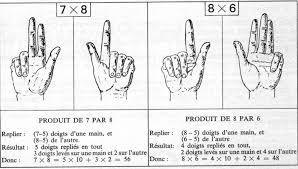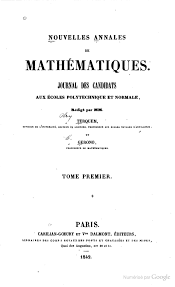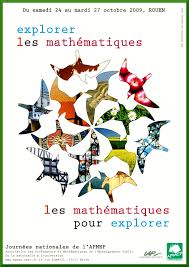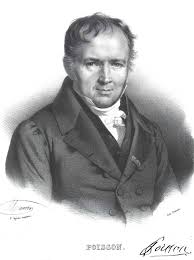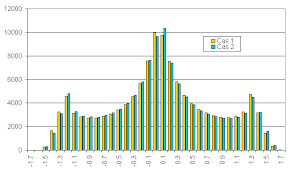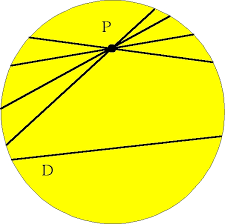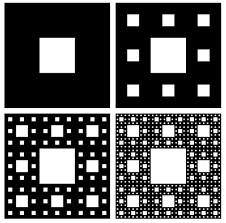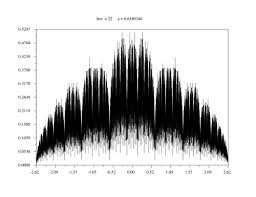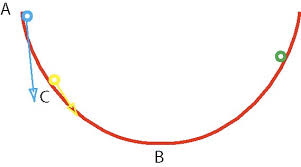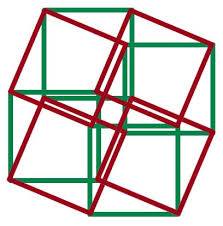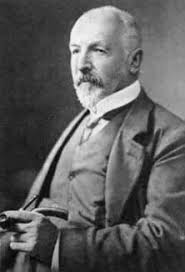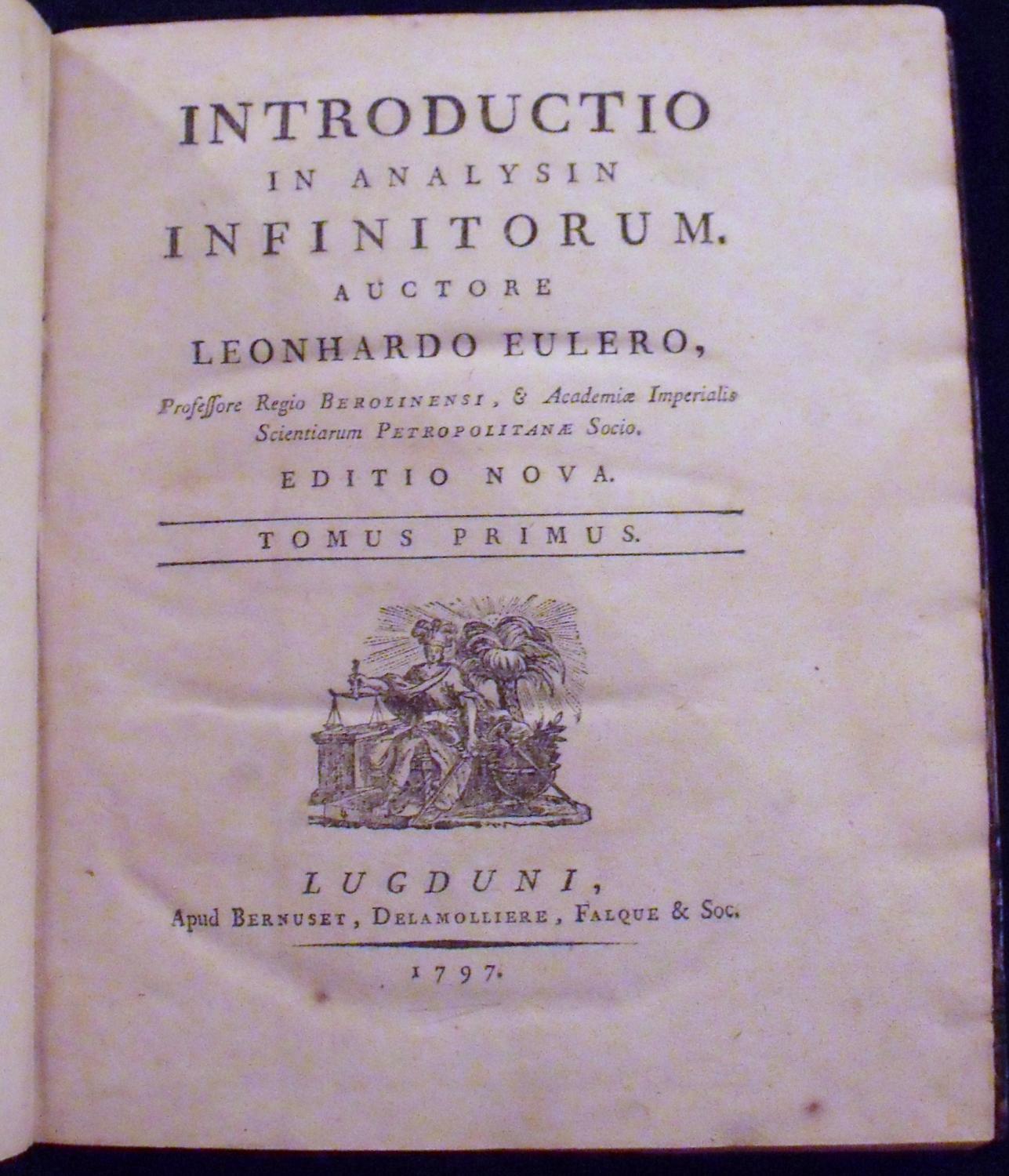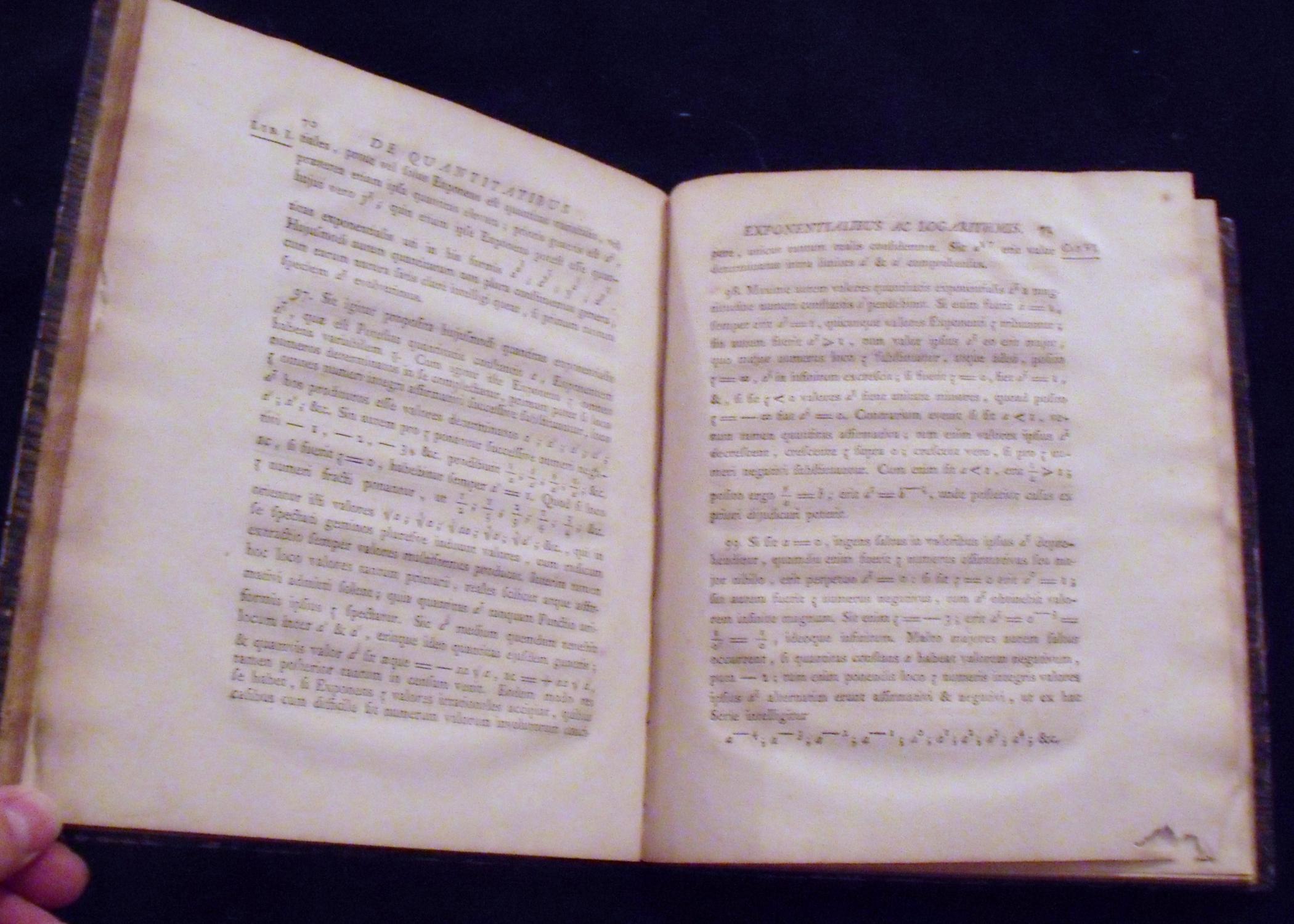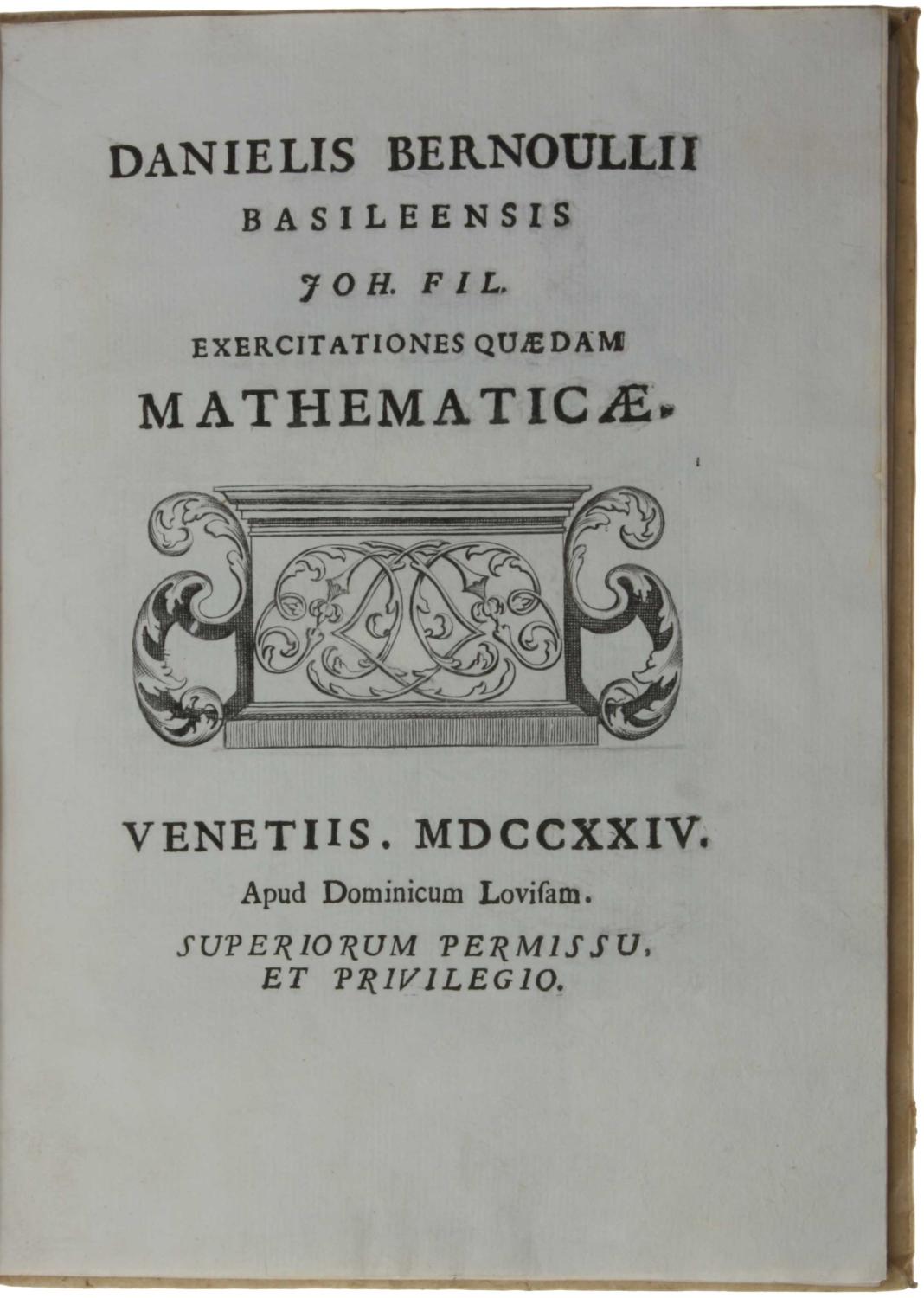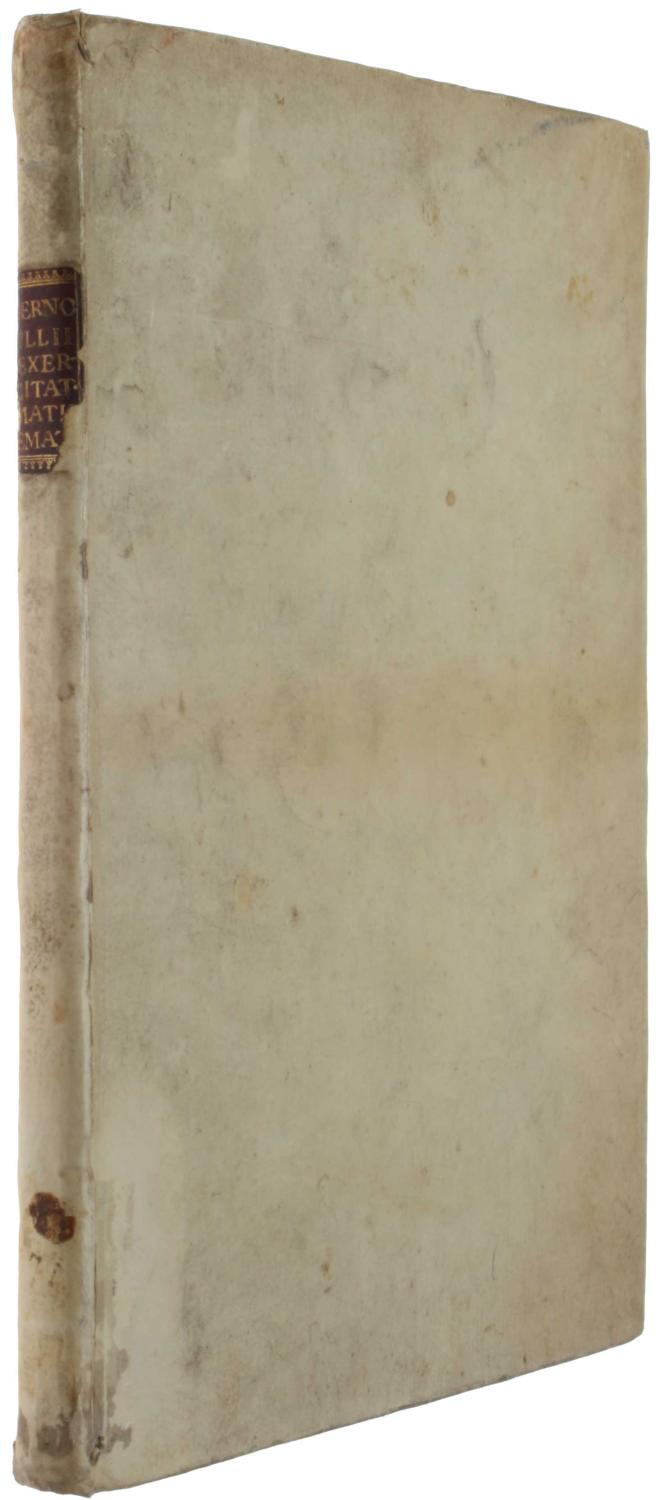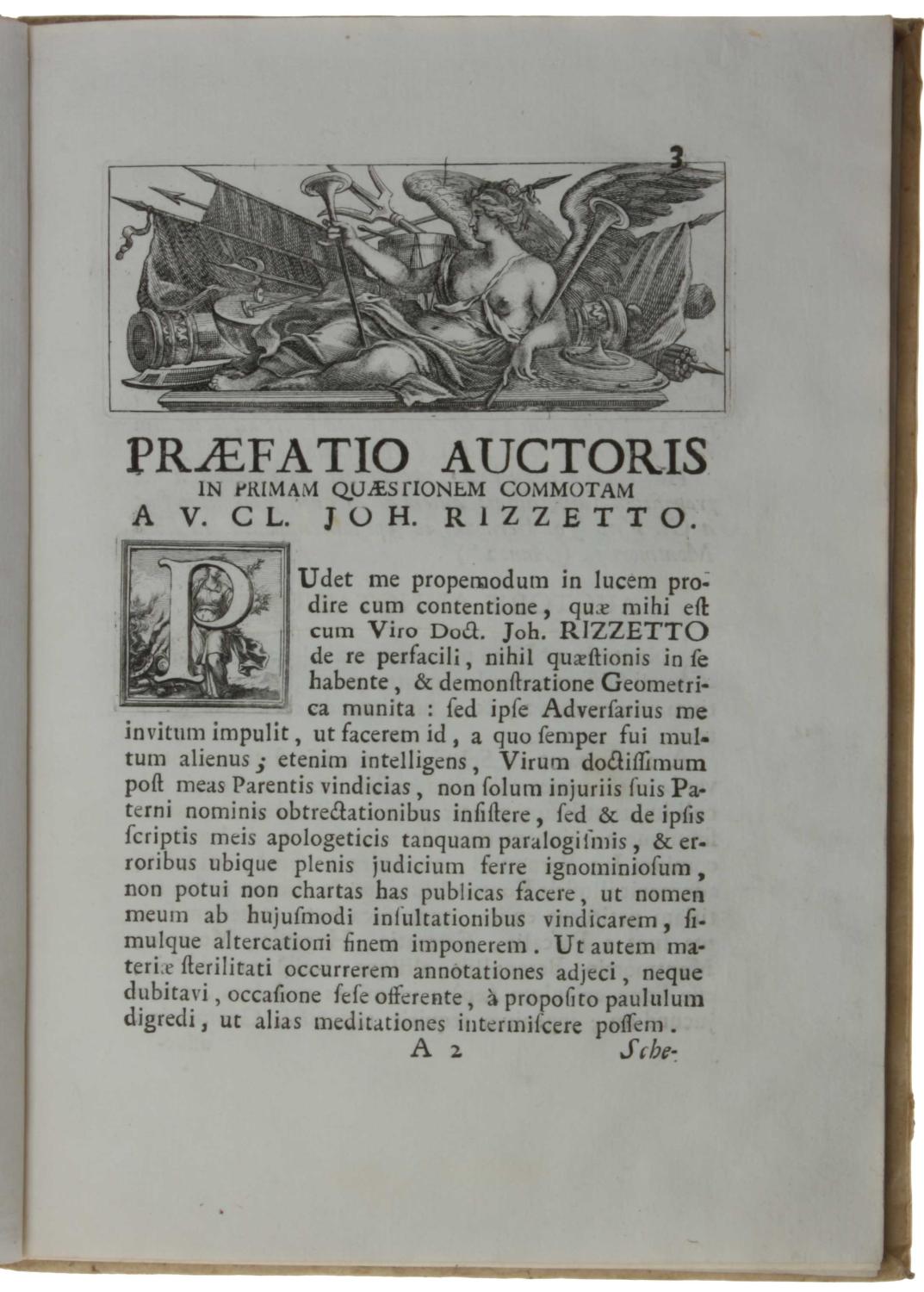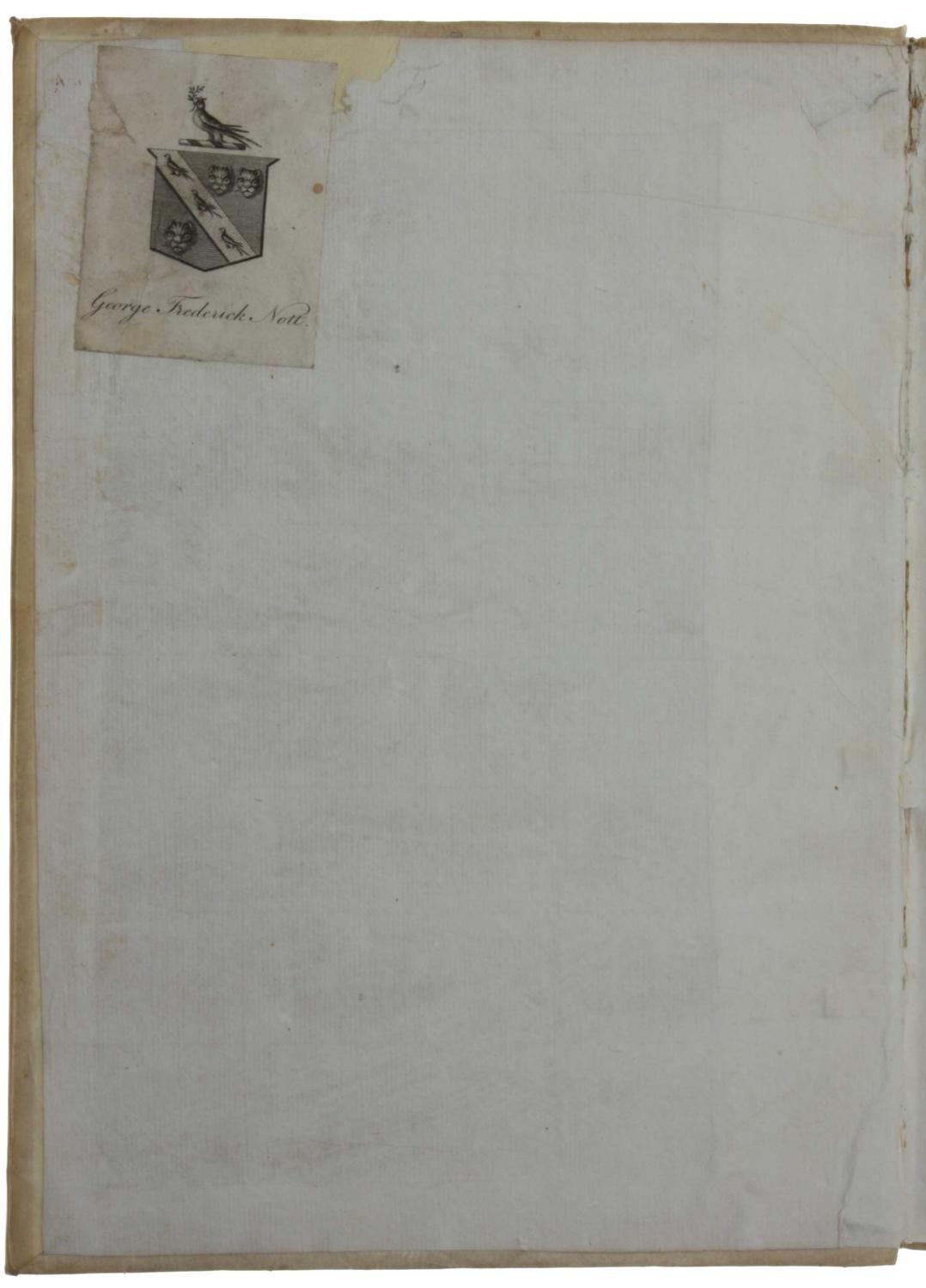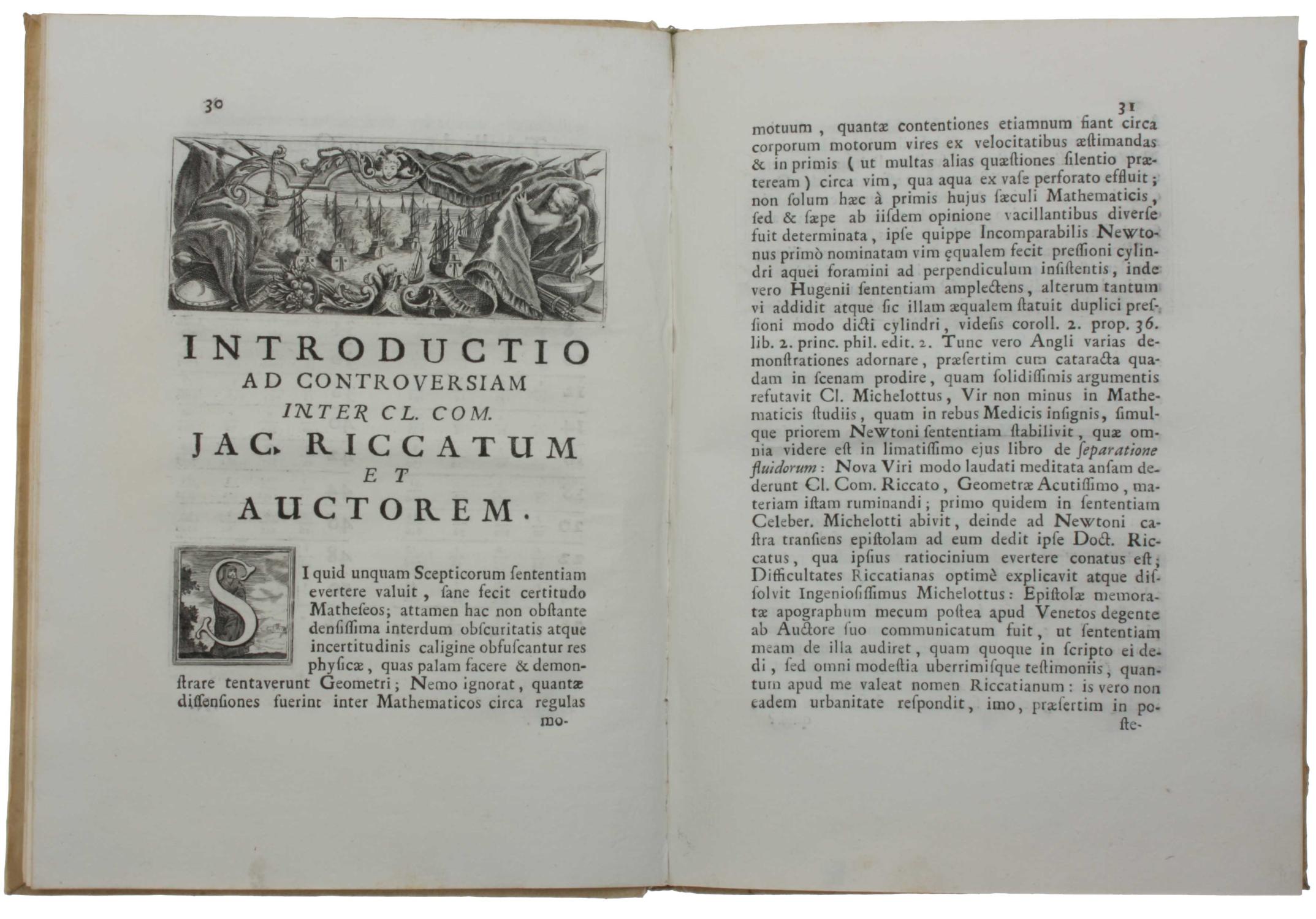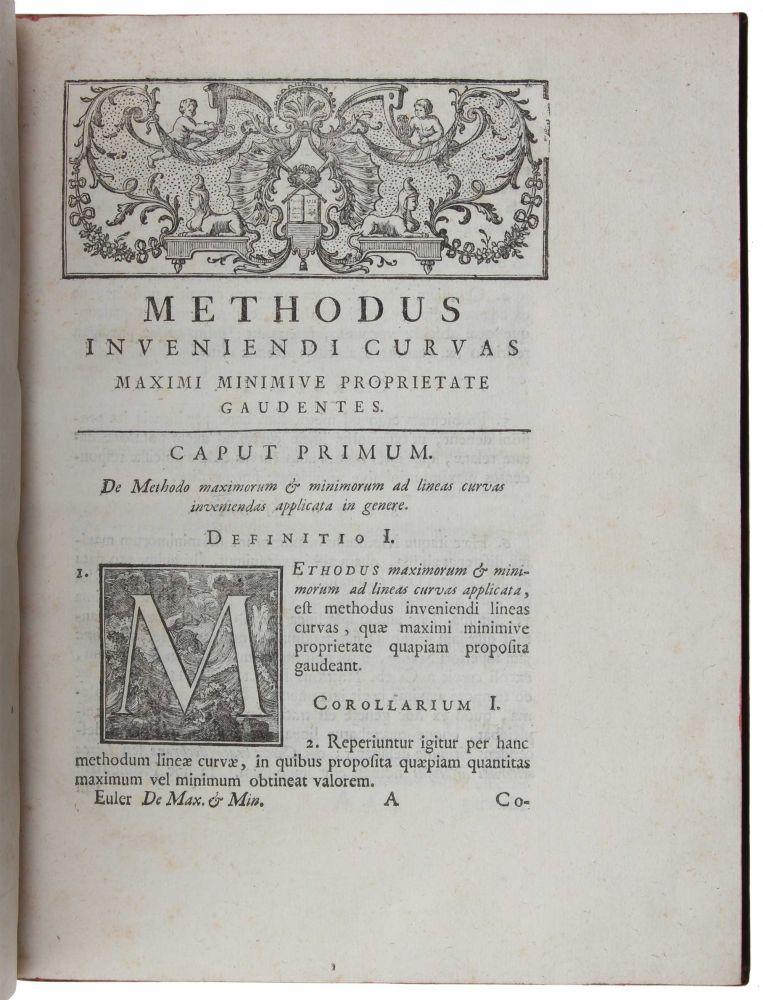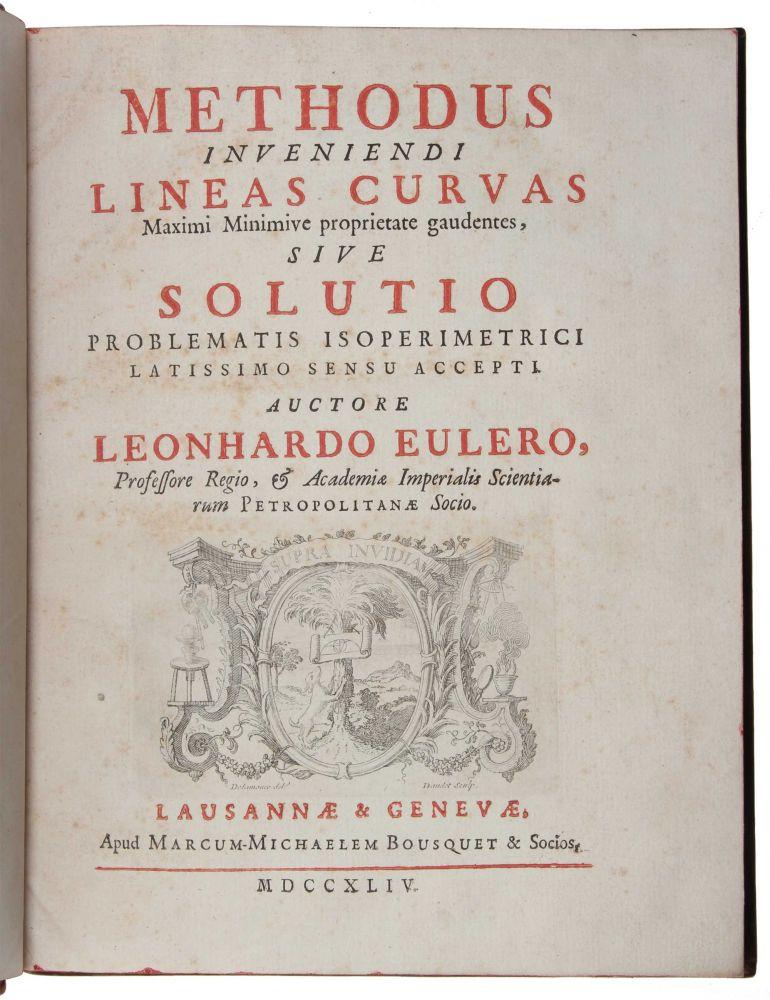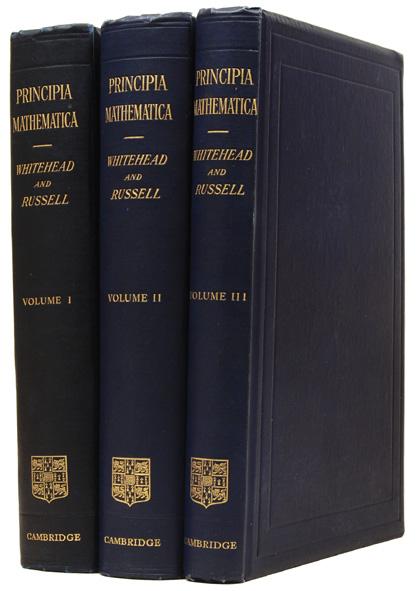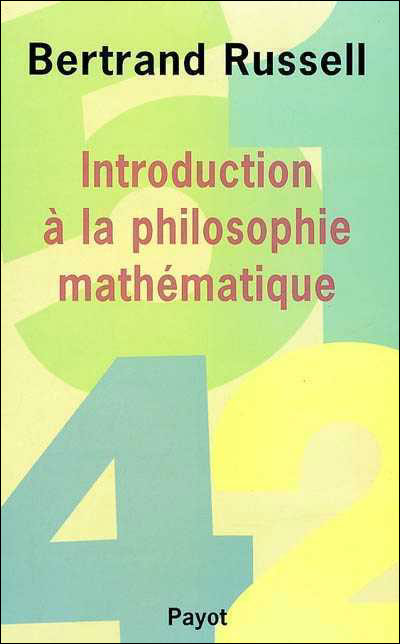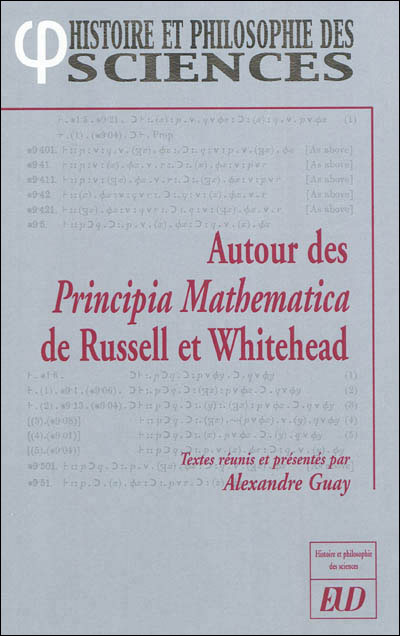28/04/2013
Nombre 2_adiques et circuits
11:12 | Lien permanent | Commentaires (0) |  |
|  del.icio.us |
del.icio.us |  |
|  Digg |
Digg | ![]() Facebook
Facebook
25/04/2013
Circuits et nombre 2-adiques , une nouvelle vision de l’échange temps-espace
08:46 | Lien permanent | Commentaires (0) |  |
|  del.icio.us |
del.icio.us |  |
|  Digg |
Digg | ![]() Facebook
Facebook
20/01/2013
Date d'édition 1797 Introductio in analysin infinitorum / auctore Leonhardo Eulero . Editio nova. Euler, Leonhard.
09:43 Publié dans Leonhard EULER | Lien permanent | Commentaires (2) |  |
|  del.icio.us |
del.icio.us |  |
|  Digg |
Digg | ![]() Facebook
Facebook
Livre de 1724 Exercitationes Quaedam Mathematicae. BERNOULLI, Daniel.
09:40 Publié dans Daniel BERNOULLI | Lien permanent | Commentaires (0) |  |
|  del.icio.us |
del.icio.us |  |
|  Digg |
Digg | ![]() Facebook
Facebook
Leonhardi Euleri Opera Omnia. Series prima, secunda, tertia (Latin Edition)., Edited by the Euler Committee of the Swiss Academy of Science in collaboration with numerous specialists. (ISBN 10: 3764314745 / ISBN 13: 9783764314743 ) Euler, Leonhard:
09:36 | Lien permanent | Commentaires (0) |  |
|  del.icio.us |
del.icio.us |  |
|  Digg |
Digg | ![]() Facebook
Facebook
Livre de 1736 MECHANICA SIVE MOTUS SCIENTIA ANALYTICE EXPOSITA. Instar Supplementi ad Commentar. Acad. Scient. Imper. Euler, Leonhard
09:33 | Lien permanent | Commentaires (0) |  |
|  del.icio.us |
del.icio.us |  |
|  Digg |
Digg | ![]() Facebook
Facebook
Livre de 1744 Methodus invenieni Lineas Curvas. Euler, Leonhard.
09:29 Publié dans Leonhard EULER | Lien permanent | Commentaires (0) |  |
|  del.icio.us |
del.icio.us |  |
|  Digg |
Digg | ![]() Facebook
Facebook
Edition 1744 Methodus inveniendi Lineas Curvas Maximi Minimive proprietate gaudentes, sive Solutio Problematis isoperimetrici latissimo sensu accepti. EULER, Leonhard.
09:04 | Lien permanent | Commentaires (0) |  |
|  del.icio.us |
del.icio.us |  |
|  Digg |
Digg | ![]() Facebook
Facebook
19/01/2013
Edition 1925 Principia Mathematica. WHITEHEAD, Alfred North, & Bertrand Russell.
20:50 Publié dans Bertrand Russell | Lien permanent | Commentaires (0) |  |
|  del.icio.us |
del.icio.us |  |
|  Digg |
Digg | ![]() Facebook
Facebook
introduction philosophie mathematique Bertrand Russell (Auteur) - broché. Paru en 03/1991
Le Mot de l'éditeur : introduction philosophie mathematique
Le tribunal Russell, ou Tribunal international pour les crimes de guerre, fondé en 1966, avait vocation à « exposer à la conscience de l’humanité » les violations du droit des gens commises pendant la guerre du Viêt-nam.
Le paradoxe de Russell, découvert au printemps 1901, touchait aux fondements logiques les plus profonds de la pensée : il devait ouvrir la « crise des fondements » en philosophie des mathématiques. Qu’il s’agisse de logique ou de guerre, une même passion anime Russell : la vérité.
En 1919, il écrit cette Introduction à la philosophie mathématique, tentative pour reconstruire les mathématiques en tirant la leçon des paradoxes. On trouvera dans ce livre écrit en prison une présentation non technique de cette philosophie des mathématiques qu’on appelle le « logicisme ». On y découvrira également les grands traits d’une philosophie de la logique.
20:45 | Lien permanent | Commentaires (0) |  |
|  del.icio.us |
del.icio.us |  |
|  Digg |
Digg | ![]() Facebook
Facebook
Autobiographie 1872-1967 , Coffret 2 volumes Bertrand Russell (Auteur) - Biographie ((donnée non spécifiée)). 2 volumes. Paru en 11/2012
Autobiographie 1872-1967 , Coffret 2 volumes
Bertrand Russell (Auteur) - Biographie ((donnée non spécifiée)). 2 volumes. Paru en 11/2012
Fiche détaillée : Autobiographie 1872-1967
20:41 | Lien permanent | Commentaires (0) |  |
|  del.icio.us |
del.icio.us |  |
|  Digg |
Digg | ![]() Facebook
Facebook
Autours des principia mathematica de Russell et Whitehead Alexandre Guay (Auteur) - Etude (broché). Paru en 04/2012
Autours des principia mathematica de Russell et Whitehead
Alexandre Guay (Auteur) - Etude (broché). Paru en 04/2012
20:39 Publié dans Bertrand Russell | Lien permanent | Commentaires (0) |  |
|  del.icio.us |
del.icio.us |  |
|  Digg |
Digg | ![]() Facebook
Facebook
Bertrand Russell - Face to Face Interview (BBC, 1959)
13:05 Publié dans Bertrand Russell | Lien permanent | Commentaires (0) |  |
|  del.icio.us |
del.icio.us |  |
|  Digg |
Digg | ![]() Facebook
Facebook
Composer le temps ENS
Composer le temps
Conférence de Gérard Berry pour une analyse du traitement du temps et des événements en informatique.
En informatique classique, le temps est souvent vu à travers le seul prisme du temps de calcul, et rarement vu comme un objet dont la programmation doit parler directement. Or, l’expression directe du temps est fondamentale pour de nombreuses applications informatiques : la conduite de systèmes physiques en temps réel, le traitement du signal, l’orchestration d’applications Web, ou encore la composition musicale pour les générateurs de sons et instruments électroniques. Ceci vaut plus généralement pour le traitement d’événements répétitifs, assimilables à des temps asynchrones au temps physique. Nous analyserons les questions posées par la représentation du temps et des événements répétitifs en informatique, la façon d’en parler dans les langages de programmation ou les logiques de raisonnement, le type d’applications concernée, et la relation avec les activités de modélisation et de simulation de systèmes.
Source : http://savoirsenmultimedia.ens.fr/expose.php?id=968
13:00 | Lien permanent | Commentaires (0) |  |
|  del.icio.us |
del.icio.us |  |
|  Digg |
Digg | ![]() Facebook
Facebook
La Marche des sciences / Nicolas Bourbaki fait son entrée à la BNF !
A l'occasion du versement des archives Nicolas Bourbaki à la BNF par les éditions Hermann, éditeur d'origine de cette société secrète, retour sur l'histoire, l'oeuvre et les apports de Bourbaki à la Mathématique, et plongée dans les documents d'archives qui seront bientôt accessibles au grand public....
Lire la suite :
http://plus.franceculture.fr/partenaires/selection-france...
07:59 | Lien permanent | Commentaires (0) |  |
|  del.icio.us |
del.icio.us |  |
|  Digg |
Digg | ![]() Facebook
Facebook
Visible contours of real cubic surfaces
lundi 28-01-2013 à 15h30 (Salle de séminaires IRMA) - Séminaire Géométrie et applications
Sergey Finashin (METU, Ankara) : "Visible contours of real cubic surfaces"
Résumé : A visible contour of a cubic surface X in a projective 3-space is the curve formed by the critical values of the central projection mapping X to a plane. Such curve, C, is a sextic whose only singularities are six cusps lying on a conic, provided cubic X is non-singular and the center of projection is chosen outside X and generic. In a joint recent work with V.Kharlamov, we obtained an equisingular deformation classification of such visible contours C, in the real setting (i.e., over the ground field R). This is done by analysis of the lattice arithmetics of the real K3 surfaces, which are double covers of the plane ramified along C. An interesting unexpected outcome is splitting of these deformation classes (with a few exceptions) into pairs of partners, which looks like a kind of a ``strange`` duality.
Lire la suite :
07:57 | Lien permanent | Commentaires (0) |  |
|  del.icio.us |
del.icio.us |  |
|  Digg |
Digg | ![]() Facebook
Facebook
Grandes déviations pour la marche aléatoire en scène aléatoire
mercredi 23-01-2013 à 10h40 (Salle de séminaires IRMA) - Séminaire Calcul stochastique
Fabienne Castell (Marseille) : "Grandes déviations pour la marche aléatoire en scène aléatoire."
Résumé : La marche aléatoire en scène aléatoire (MASA) intervient dans de nombreux modèles de la physique, tels que des modèles de polymères, le modèle d'Anderson aléatoire, ou des modèles de diffusion en écoulement cisaillé. L'exposé fait un état des lieux sur les résultats de grandes déviations de la MASA en temps grand. Cette question est très reliée à l'étude des grandes déviations des temps locaux d'autointersection d'une marche simple.
Lire la suite :
07:56 | Lien permanent | Commentaires (0) |  |
|  del.icio.us |
del.icio.us |  |
|  Digg |
Digg | ![]() Facebook
Facebook
Transformations géométriques et recherche d'invariants : origines et perspectives dans le monde arabe aux Xe et XIe siècle
lundi 21-01-2013 à 14h00 (Salle de séminaires IRMA) - Séminaire GT3
Pascal Crozet (Jussieu) : "Transformations géométriques et recherche d'invariants : origines et perspectives dans le monde arabe aux Xe et XIe siècle"
Lire la suite :
07:55 | Lien permanent | Commentaires (0) |  |
|  del.icio.us |
del.icio.us |  |
|  Digg |
Digg | ![]() Facebook
Facebook
Image du groupe de tresses dans l'algèbre de Temperley-Lieb finie
lundi 21-01-2013 à 11h00 (Salle de séminaires IRMA) - Séminaire Quantique
Olivier Brunat (Institut de Mathématiques de Jussieu) : "Image du groupe de tresses dans l'algèbre de Temperley-Lieb finie"
Résumé : Travail en commun avec Ivan Marin (arXiv:1203.5210)
En savoir plus :
http://www-irma.u-strasbg.fr/article286.html
07:54 | Lien permanent | Commentaires (0) |  |
|  del.icio.us |
del.icio.us |  |
|  Digg |
Digg | ![]() Facebook
Facebook
06/01/2013
LIVRE : Opuscula analytica. EULER, Leonhard
12:05 Publié dans Leonhard EULER | Lien permanent | Commentaires (0) |  |
|  del.icio.us |
del.icio.us |  |
|  Digg |
Digg | ![]() Facebook
Facebook











